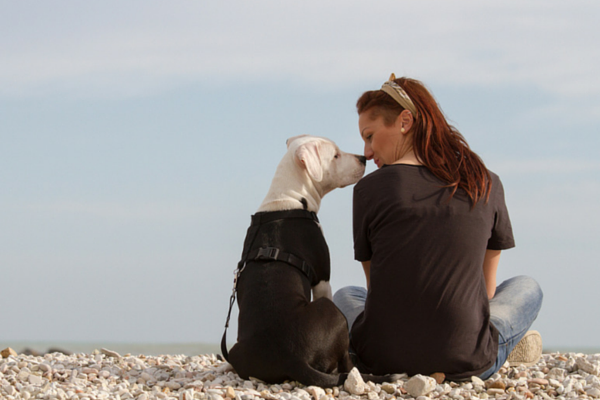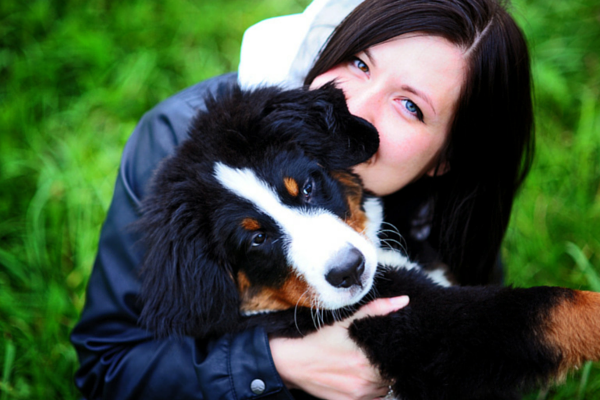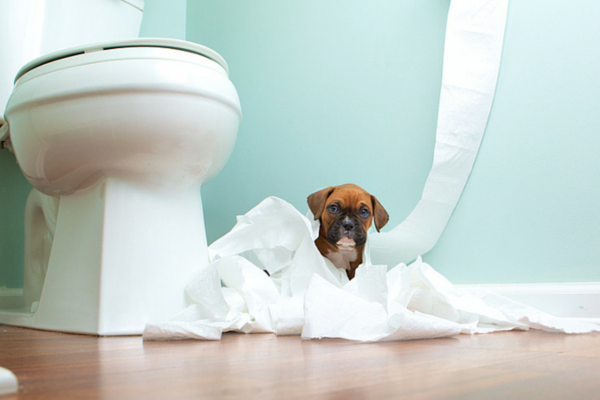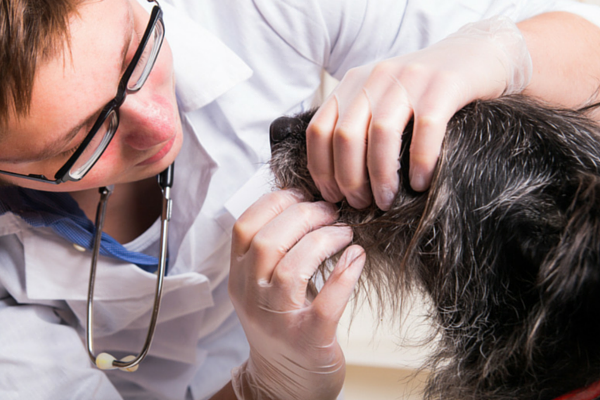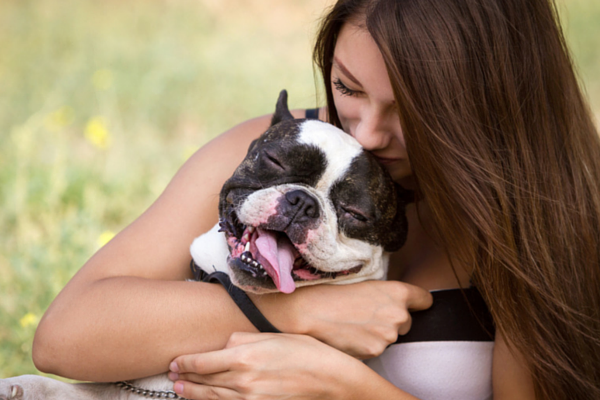I adore almost everything about my dog. I love her sweet face and fluffy tail. I love the way her ears swing around like little satellites when she hears my husband getting home from work. I even love the way she nudges me with her soft wet nose at 5 AM everyday to wake me up. But I don’t love her stinky breath.
I’m super sensitive to smells, and bad dog breath has no place in our lives. I worry about her greeting someone when we’re out and offending them with awful dog breath. I want people to have pleasant experiences with my dog- dogs make people happy. I don’t want mothers pulling their children away from her rancid breath and adults talking about her in the car later, “Cute dog, but did you smell her breath? Smelled like she ate something dead!”
She loves everyone she meets and I don’t want her picking up on negative feelings about her because of her breath. I want her to experience meeting new people as a positive, rewarding experience to look forward to, not something to dread.
Besides the “smell factor”, I also know bad doggie breath is usually a sign of a medical condition- one that can lead to very serious problems for my fur-baby. Dental disease is the number one health problem affecting our dogs today, leading to cardiovascular disease, tooth decay, poor digestion, and severe pain for your furry friend. That bad doggie breath is actually a sign of dental infection, plaque, and nasty germs living and thriving inside your dog’s mouth that can make him one very sick puppy. Yuck!
But you can put a stop to bad doggie breath and all those health problems associated with periodontal disease in dogs. A few simple changes in your dog’s daily routine can leave you with a healthy, happy pup with fresh, kissable breath.
5 Steps to Cure Bad Doggie Breath
1. Limit carbs and sugar.
Carbohydrates and sugars are common elements in today’s American diet, but they don’t belong in your dog’s food bowl. Foods high in carbohydrates and sugary snacks tend to gum up in your dog’s mouth and stick in between your dog’s teeth- creating more plaque and serving as an easy food source for germs. If you’re tempted to give him “just a bite” of your snack, resist the urge to give in. While it may taste good, it’s truly not good for your dog, or his teeth.
2. Close the lid.
Dogs love toilet water, and curbing this gross habit will lead to a cleaner mouth for your pooch, and ultimately fresher breath. Simply making it a habit to keep the lid closed when not in use will deter most dogs. If you’ve got a clever pup who’s figured out how to get the lid up for a cold drink, try a childproof lock for your toilet.
3. Switch dog foods.
Grains and carbohydrates like corn, wheat and rice should be fed to dogs sparingly, not everyday. Switching your dog to a species-appropriate meat-based diet will keep his breath fresh. If you don’t want to cook for your dog every day or deal with raw meat (if feeding a Biologically Appropriate Raw Foods diet), try a dog food made of freeze dried meat instead. They offer convenience and quality nutrition without all those additives and fillers you’re trying to avoid. Try TruDog’s FEED ME if your dog is a picky eater, has allergies, or needs optimal nutrition. It leaves your dog’s mouth fresher than traditional kibbles.
4. Visit the vet.
Your veterinarian can examine your dog’s mouth and determine if he needs a professional teeth cleaning or treatment for existing periodontal disease. Periodontal disease isn’t something you want to ignore or should try to treat at home. Consult with your vet on how to keep your dog’s mouth healthy and his breath fresh. She will have insight into the exact reasons your dog is struggling with bad doggie breath.
5. Brush his teeth.
I know, brushing your dog’s teeth is like trying to wrestle a toddler pumped full of caffeine and sugar into bed at 7 PM. Be gentle, be patient, and start slow. Start by introducing your dog to the idea of you messing with and examining his mouth every day. Then, move on to using a pet dental spray to help remove and reduce plaque buildup. When he’s finally gotten used to the idea that having his mouth cleaned is part of life with his human, move up to using a washcloth or gauze pad to gently scrub his teeth. Even if you can only clean a few teeth the first few times, it’s a start.
My pup now has fresh doggie breath and she aced her last exam at the veterinarian. Her teeth are white, her gums are healthy, and she’s happy and enjoying life to the fullest. I want the absolute best for her and can’t imagine my life without her. To help her live a healthier, longer life, I make it a point to take the time to care for her mouth everyday.
This Article Was Brought To You By The Fine Folks At TruDog.com
References:
American Veterinary Dental College
About The Author:
Lori R Taylor lives in Cincinnati, Ohio and is the founder of TruDog. After losing her beloved Great Dane, Truman, to cancer, Lori was devastated and determined to help dogs live longer. She created the TruDog Nutrition System (TDNS), an amazing suite of veterinarian approved, all natural products, designed to help your dog live longer. This article is dedicated Truman and all the dogs who heal our hearts and make us whole. May your legacy be the light that saves the world.
